Most wine lovers will have munched on meat and Malbec and tangoed with Torrontés and summery fare but Argentina’s wines offer many other food-friendly temptations besides. And one of the most exciting finds is Argentine Pinot Noir. At best silky and sumptuous, brimming with elegant red fruit and yet with a supple concentration that lingers in a most moreish fashion, the Pinot Noir grape is also a notorious stick in the mud when it comes to growing it successfully beyond its native Burgundy. But it’s taken to the cool climate and rocky soils of Patagonia with a gusto that seems to have surprised even the Argentines, and the wines are increasingly execellent, too.
Not that it’s easy to track them down, either in the UK or in Argentina, because quantities are small and Argentine Pinot Noir, in all it’s food pairing glory, is being hastily snapped up canny restaurateurs both at home and in the States. But if you can lay your hands on a bottle or two, then I’d highly recommend giving it a whirl with the first of the spring lamb.
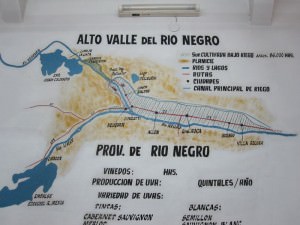
Pinot Noir country map – Photograph by Andrew Catchpole
My own pilgrimage to Patagonia began at the amusingly chaotic bus station in Mendoza, boarding an overnight ‘luxury’ bus, complete with Wi-Fi, fully reclining seats, tooth-curling wine and fearful meals, for the long journey south. There’s nothing like a spot of modest discomfort to build an appetite for great food and wine and, along with the noisy bingo sessions, my otherwise cheery chariot had me yearning for my destination.
And Patagonia certainly delivered a full house. The wine estates of Neuquén and the Río Negro are quite literally an oasis in a windswept desert. Here the life-giving waters of the river basin ensure that a rich swathe of green can hold out in the poor soils against the rigors of Patagonia’s climate. It’s near perfect for the vines: at once sunny, dry and suitably cool, allowing them to go about their business of ripening the delicate Pinot Noir grape just so.
Better still, whether by quirk of fate or subtle Darwinian design, I discovered that the flavoursome and tender local Patagonia lamb was perfect for Pinot Noir food pairing, just as Malbec loves nothing better than a hunk of tender beef from the northern Pampas.
My Argentina Pinot Noir odyssey began appropriately enough at Humberto Canale, with its old Spanish-style winery buildings and charming little winemaking museum hinting at its 100-year old history of making Patagonian wines. The Gran Reserva Pinot Noir was stylish and focused, leaning towards the Old World and a useful benchmark as I toured the new kids on the block and their cellar doors.
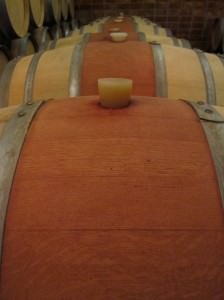
Pinto Noir maturing – Photograph by Andrew Catchpole
Producers such as NQN, Familia Schroeder, Bodega del Fin del Mundo, Bodega Noemia and Bodegas Chacra have all set up shop in recent times as word spreads that Patagonia – like Oregon, Martinborough and Central Otago, Walker Bay, Victoria and Tasmania, plus one or two other select spots around the world – has the ability to deliver some seriously palate-worthy Pinot Noir. From the superb (relative) value of the satisfyingly complex Pinot Noirs at NQN to the intense minerally depths of those from Chacra, the wines delighted again and again, combining Old World elegance and depth with a vivacious, aromatic hint of New World character.
Patagonia is a huge territory and it is still a long way from here to reach the land of penguins and glaciers of popular imagination. But the cellar door restaurants, ranging from the smart modern simplicity of NQN by way of the swisher dining experience at Schroeder to the extraordinary Valle Perdido, where a swanky hotel has been wrapped around the working winery, were more than enough recompense for the feeling of being absolutely in the middle of nowhere. Aside from the succulent lamb and superb Pinot Noir, other poignant reminders that this was Patagonia ranged from local trout empanadas by way of towering cactus to an encounter with some aeolosaurus bones (the remains of a fourteen-metre dinosaur that once stalked this wind-blown land).

Tasting in Neuquen – Photograph by Andrew Catchpole
What I really brought back home, though, was the warm glow of a wine geek that has made a fantastic taste discovery: that of a superb emerging source of quality Pinot Noir from Argentina, where a band of talented pioneers are crafting memorably seductive, eminently food-friendly wines at the end of the world.


Latest posts by Andrew Catchpole (see all)
- Taste the Diversity: A Guide to Argentina’s Wine Regions - October 22, 2014
- The Global March of Malbec - October 1, 2014
- ‘Take 5’ Global Sommeliers: Argentine Food & Wine Pairings - April 16, 2014

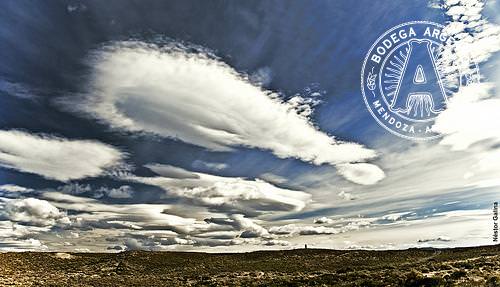
 Argentina Wine Regions: Patagonia
Argentina Wine Regions: Patagonia 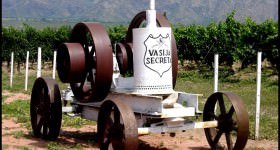 A Taste of Terroir: Argentina’s Diverse Wines & Wine Regions
A Taste of Terroir: Argentina’s Diverse Wines & Wine Regions 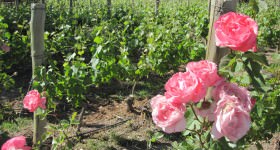 The New Wave of Wine from Argentina
The New Wave of Wine from Argentina 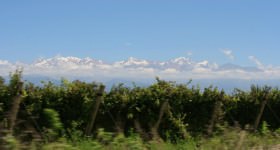 Top 10 Curious Facts About Argentina Wine
Top 10 Curious Facts About Argentina Wine  ‘Take 5’ Food & Wine Pairings from Top Argentine Sommeliers
‘Take 5’ Food & Wine Pairings from Top Argentine Sommeliers  ‘Take 5’ Global Sommeliers: Argentine Food & Wine Pairings
‘Take 5’ Global Sommeliers: Argentine Food & Wine Pairings 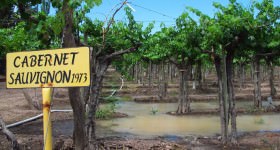 Cabernet Sauvignon – Argentina’s Next Big Red
Cabernet Sauvignon – Argentina’s Next Big Red  The Endless Debate: Screw Cap Wine vs. Cork
The Endless Debate: Screw Cap Wine vs. Cork  Wine Tasting in Argentina: Interview with Three Top Sommeliers
Wine Tasting in Argentina: Interview with Three Top Sommeliers  Putting the Magic in Malbec – the Art of Microclimatic Blending
Putting the Magic in Malbec – the Art of Microclimatic Blending  The Global March of Malbec
The Global March of Malbec 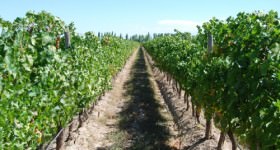 A Look at Some of Argentina’s Most Expensive Wines
A Look at Some of Argentina’s Most Expensive Wines
[…] Argentina Wine, Travel, Culture & Food | The Real Argentina » The Real Argentina: Wine […]
[…] A rich, full-bodied wine that can be described as having a soft, velvety texture, Pinot Noir is now cultivated outside of the Burgundy region in many places such as Germany, Australia, and The United States. Here in Argentina, wine-makers are having success with this grape in places like the Uco Valley of Mendoza and the Neuquen River Valley of Patagonia, where it has adapted well to the cool climate and rocky soil. For an interesting read about a wine lover’s trip through Patagonia, click here. […]